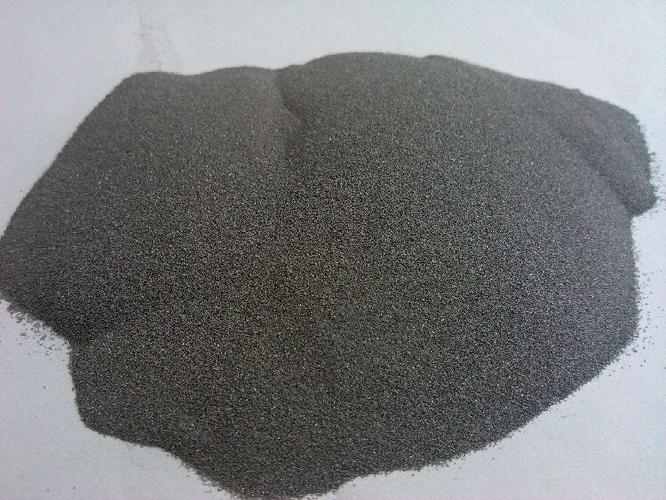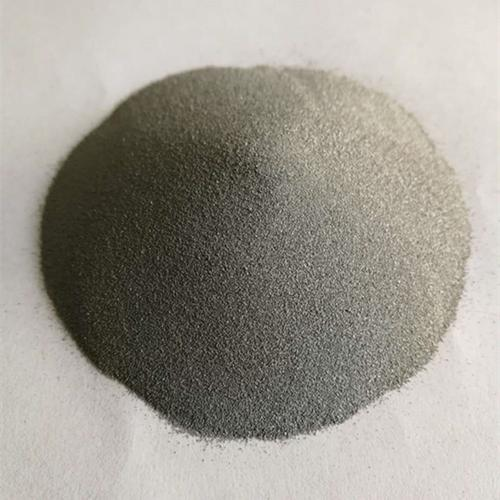You found some weird metallic dust in grandpa’s workshop. Shiny. Heavy. Mysterious. What even *is* this stuff? Turns out, it has a name. Metal powder. Sounds simple. But this gritty material is changing how we build things. Seriously.
(What Do You Call A Metallic Powder Substance?)
Think about metal. Usually, it comes in big, solid blocks or sheets. Right? Metal powder is different. Imagine taking that solid metal. Melt it down. Then, blast the liquid metal with a super strong jet of water or gas. This breaks the molten metal into millions of tiny droplets. These droplets fly through the air. They cool down super fast. They become solid again. But now? They’re just tiny, tiny balls of metal. Like super fine sand. But made of steel, or titanium, or aluminum. That’s metal powder.
So why bother? Why make metal into powder? It unlocks amazing ways to build stuff. One big way is called 3D printing. You’ve heard of it. But metal 3D printing? It uses lasers. A machine spreads a thin layer of this metal powder onto a platform. A super powerful laser beam zaps specific spots on the powder. It melts just those spots. They fuse together. Then, the machine adds another thin layer of powder on top. The laser zaps again. This happens over and over. Layer by layer. Slowly, a solid metal object takes shape. A complex engine part. A custom medical implant. Even rocket parts! This way, we can make shapes impossible with old methods. Less waste too. Pretty neat.
Another way uses the powder without melting it. We fill a mold with the metal powder. Press it together really, really hard. Squeeze it tight. Then, heat it up in a special oven. Not enough to melt it. Just hot enough for the tiny metal particles to stick together forever. This is called sintering. It’s like baking the powder into a solid shape. Think of gears for your car. Or parts for power tools. Strong. Dependable. Made from powder.
Metal powders are also heroes in coatings. Spray them onto something else. Maybe a cheaper metal. Or even plastic. Then melt the powder onto the surface. Suddenly, you have a tough, protective metal skin. It fights rust. It looks good. Metal powders are even mixed into plastics. This makes the plastic stronger. Sometimes it conducts electricity. Or shields electronics from interference. Useful trick.
But remember grandpa’s dusty workshop? Here’s the thing. Metal powder needs respect. Those tiny particles float in the air easily. Breathe them in? Not good. Some metals are toxic. Others, like aluminum or titanium powder, can even catch fire or explode if there’s too much dust floating around. Factories handling this stuff are serious about safety. Good ventilation. Special suits. Masks. No sparks. They know the power – and the risks – packed into that fine, metallic dust.
(What Do You Call A Metallic Powder Substance?)
So next time you see something made of metal, look closer. It might have started life as nothing more than a pile of glittering dust. Metal powder. It’s the quiet, gritty foundation for building the future. One tiny speck at a time.
Inquiry us
if you want to want to know more, please feel free to contact us. (nanotrun@yahoo.com)


